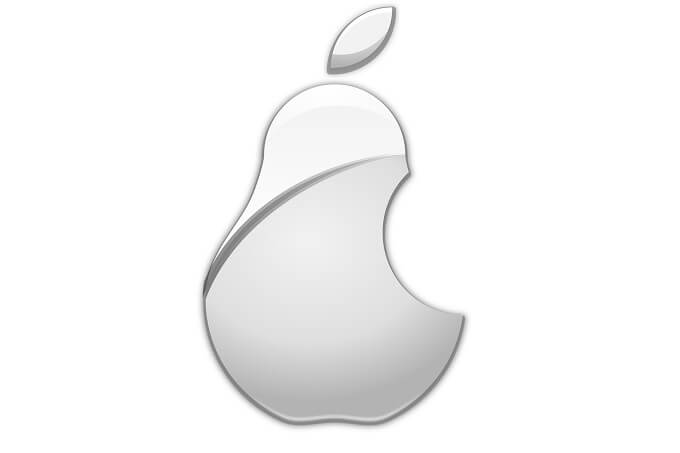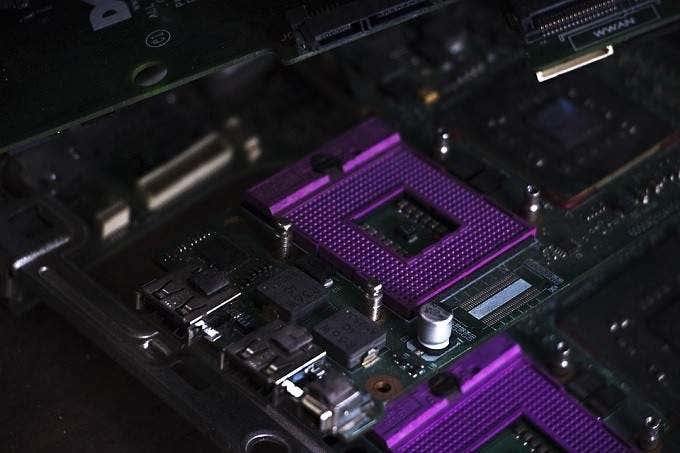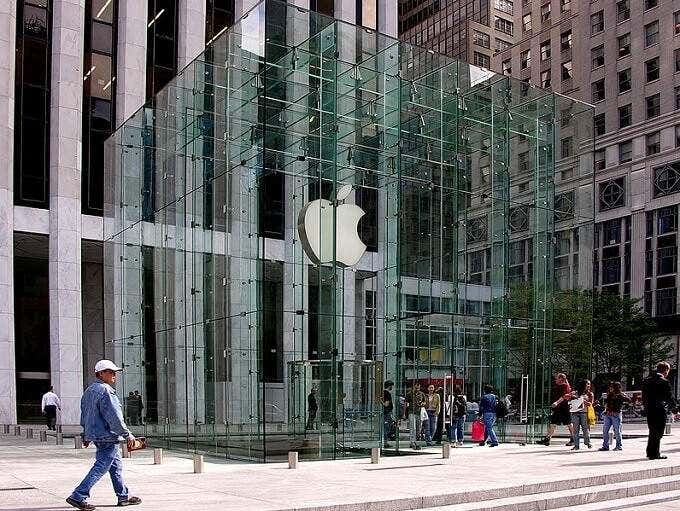After Microsoft Windows, macOS is the most popular desktop operating system. You might think this is simply thanks to the relative popularity of Apple Macs and MacBook computers, which are tied to macOS, but macOS X stands tall as a great modern desktop operating system.
There are plenty of reasons to love macOS over Windows or Linux, but one major barrier to entry is the high cost of Apple’s hardware. However, since current Macs and Windows computers share essentially the same underlying hardware, it’s possible to run macOS X on a non-Apple computer, a practice referred to as building a “Hackintosh”.

If you’ve heard about Hackintoshes and are considering whether it’s worth learning how to make a Hackintosh, here are some of the most important pros and cons to take into account before going down this route.
Pro: It’s The Cheapest Way To Get macOS
Macs are expensive, although there are plenty of arguments to be made to justify their cost. Which means if you want the macOS experience, but can’t shell out thousands of dollars for one of Apple’s shiny computers, making a Hackintosh could be the only option on the table.

This is especially true if you already own a computer that meets the requirements of Hackintosh compatibility.
Pro: You Can Outdo Apple’s Specifications For a Fraction Of The Cost
If you compare Apple computers to their Windows equivalents in terms of specification, there’s often a huge gulf from a performance-per-dollar point of view. Of course, this is not the only way to compare these machines and the premium price Apple charges for their computers also goes to aspects such as design and build quality.

Nonetheless, if you take the same budget you would have spent on a Mac and use that to make a Hackintosh, the resulting computer should be in a different performance universe.
Pro: The Flexibility Of a PC
Except for the latest Mac Pro, modern Apple computers aren’t upgradeable. With Apple computers, you generally have to make sure you order one with the right specs out of the box, or your only option may be to buy a new computer when you hit the limitations of the machine.

Since a Hackintosh is just a regular PC running macOS, that problem is largely taken care of. If you need a faster CPU, GPU, or more RAM all you have to do is put the components in and enjoy the extra performance.
Pro: Access To macOS-Exclusive Software
This is quite possibly the most popular reason for anyone to even consider building a Hackintosh. There are some software packages, especially in the creative professions, that are only available on macOS. This creates an incentive for some people starting in those industries to build Hackintoshes since it’s not financially viable to buy genuine Macs.

This is also fuelled by the fact that many institutions that teach professions such as film editing, music production, or graphic design train students on Macs. So while alternative Windows or Linux apps may exist, the transition represents quite a lot of additional effort and learning. It’s easier just to build a Hackintosh as a stopgap instead.
Con: It’s Tricky & Technical
Make no mistake, making a Hackintosh isn’t easy. Not only do you have to ensure that you build your Hackintosh from a very specific list of hardware, but the actual installation process also isn’t for the faint of heart either.

Even if you follow the instructions perfectly there’s no guarantee it will work. You also need to be careful of updates and often need to add redundant hardware for compatibility reasons. In other words, it throws out the entire “it just works” appeal of Apple computers running macOS.
Even when you get your Hackintosh running reliably, a single update can break your installation. This is why many Hackintoshes are isolated from any changes once they are working well enough.
Con: Plenty Of Apple Advantages Fall Away

What makes Macs and macOS so popular? The ease of use and intuitive interface is a large part of it. macOS also performs pretty well, even on low-spec Macs and, of course, it’s a super-stable operating system. This is what makes it so popular with creative professionals and coders, who can’t afford constant crashes interrupting or destroying their work.
The problem is that these advantages are not simply a result of macOS itself. Apple has a closed hardware ecosystem. They know exactly what hardware is in their computers and macOS is written and tested explicitly for those machines. As Apple controls the entire computer ecosystem from end to end, you’re going to have an inherently more stable experience.
When you build a Hackintosh, that’s simply not true anymore. Some hardware simply won’t work but, perhaps even worse, other configurations will work only some of the time. In addition, you can’t take advantage of updates right away and you definitely can’t contact Apple for support, since you aren’t one of their customers! Stripped from its place in the larger picture, macOS loses a lot of its shine.
Con: It’s Legally Dubious
This might be the most important con of them all. The fact is that, unlike Windows, macOS is not sold separately as a software product. Apple only licenses the use of macOS on their hardware. Remember, you don’t own the software you buy. You just have a license to use under certain conditions.

Hackintoshes are explicitly excluded from that license agreement. If Apple wanted to, they could come after Hackintoshers. In general, this doesn’t happen to people who do it in private, with Apple only going after people selling Hackintosh computers. However, your moral compass will have to guide you and there’s little doubt that Apple has the right to forbid Hackintosh computers.
Con: Apple May be Leaving Intel Behind
This last major con takes a long-term view of the Hackintosh movement. The only reason Hackintoshes are possible is that Apple moved away from non-Intel CPUs and started using the same hardware as Windows and Linux PCs. There is a long list of reasons for this move, but those reasons are disappearing.

Thanks to Apple’s investment in its CPU technology, found in its iPads and iPhones, the company might be ready to move its Macs and MacBooks over to those same chips. This will mean the end of the Hackintosh movement.
If you’re thinking of learning how to make a Hackintosh for the long-term, this is a big reason to make other plans, since sometime in the future any software update path is going to reach a dead end.
Should You Make a Hackintosh?
The answer to this question for most people is going to be “no”. Making a Hackintosh has always been more of homebrew, hobbyist project rather than something that’s meant to offer a serious alternative to buying a Mac proper.
If you already have compatible hardware laying around and want to try it from a hobbyist perspective, then that’s one thing. However, we couldn’t recommend specifically buying or building a computer with the express purpose of loading macOS on it. If you’re really in a pinch, you might consider buying a refurbished Mac or have a look at the latest series of MacBooks, which offer pretty decent value for money.
Have you made a Hackintosh? What was the experience like? We’d love it if you could share with us in the comments, including why you think one should or should not go down the Hackintosh route.
[related_posts_by_tax posts_per_page="5"]